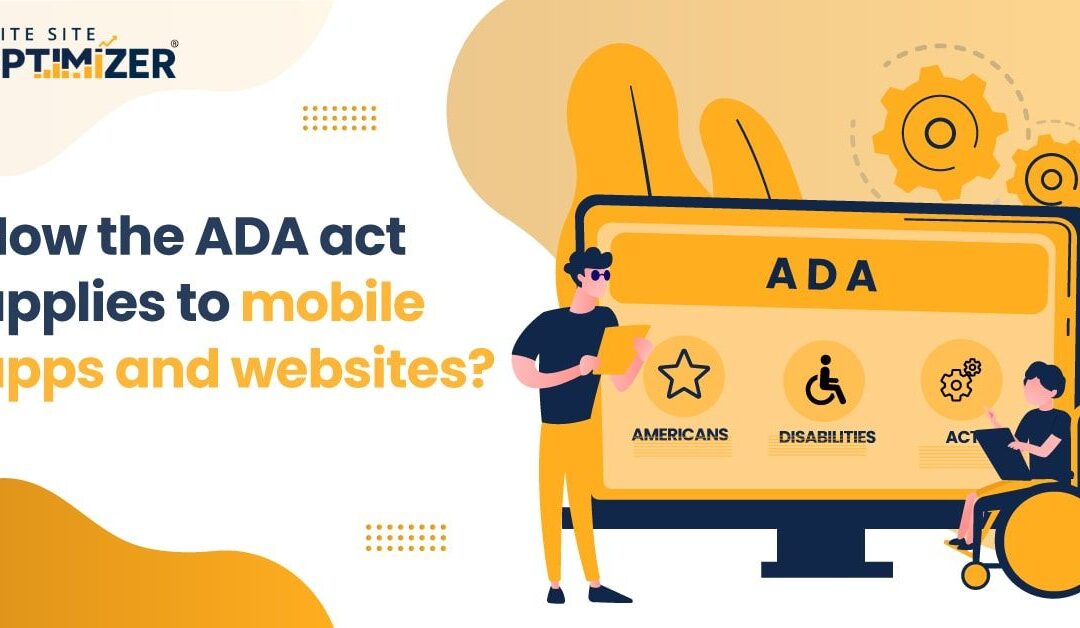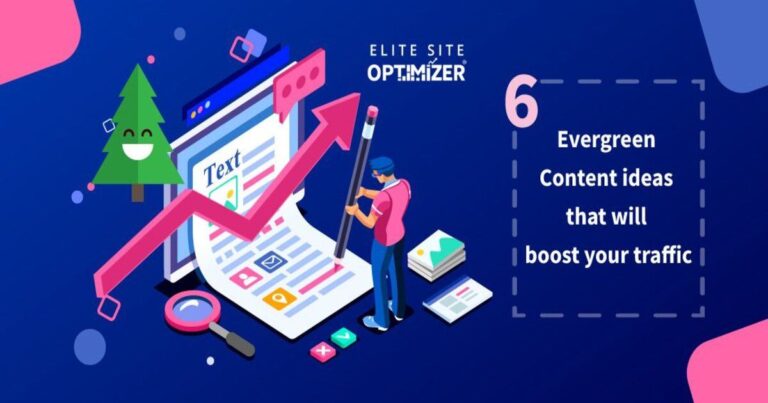The Americans Disability Act, or, ADA, was passed in 1990 to ensure individuals with disabilities are not discriminated against and they get equal human, civil and legal rights prevalent in the country. Even though, when the act was passed in the 90s, the applicability of this law was restricted to public services and places, with the boom in digital marketing, business websites and apps are also under scrutiny.
What are the types of disability included in the ADA?
The civil rights stature was originally built to prevent persons with disabilities from going through discriminatory practices. Thus, this act was designed in a way to guarantee equal rights and opportunities in government services, commercial and transport facilities, public and private accommodations, and employment in various sectors.
The disabilities included under this act can be sensory conditions like blindness, deafness, and physical disorders like dwarfism, HIV/AIDS, and cognitive conditions like Down syndrome. In 2008, the authorities broadened the scope of the act and now it covers emotional, psychological, and physiological illnesses as well. The act promotes that even though disabilities bring limitations in a person’s capacity, society should provide access to these persons to suit their needs completely.
How the ADA impacts web accessibility?
So, till now, websites and mobile app owners were concerned about topping the search results by implementing SEO optimization. However, only making your website content user-friendly would not be sufficient, and therefore you will have to consider making it ADA compliant as well.
Under Title II of this act, it is stated that all the publicly available videos are to be created and posted in a way so that they can be accessed by people with disabilities. In other words, the videos should have both captions and sound to cater to an audience suffering from deafness and blindness.
How does an ADA compliant website look like?
A website is considered to abide by ADA compliance if the people in the disabled category can have a surfing experience similar to other people.
Here are some of the salient features required to make your website compliant with ADA:
- All the image and graphics content on your website should have an ALT Tags option. With the help of this, the content is read out by audio players and screen readers.
- If you have videos on your website then you will have to add high-quality captions to it. The captions should not only mention the dialogues but also describe the ongoing action of the video.
- Add in multiple navigation options to other pages of your website for people suffering from mobility issues.
- Ensure that your website will be compatible with all types of screen readers.
- The contrast ratio must be at least 3:1 and the colour of the background and foreground elements should suit the needs of partially blind individuals.
- To help people with cognitive disorders understand your content, you will have to use simple language and avoid jargon.
Read also:-Understanding and Improving Your Website’s Domain Authority
What are the consequences of ADA non-compliance?
With every passing day, the number of ADA website lawsuits has been skyrocketing and, the recent statistics of 2018 says that the exact number is around 2314. Even in this year and the year before, the trend showed no signs of stopping and as a result, hefty fines were imposed on such websites. The fines for violation start from $75,000, but it can be as high as $150,000, based on the degree of the violation made.
An essential responsibility while running a business website is to take part proactively in implementing accessibility guidelines to reach a wider audience group. So, talk to your team of developers to process all stages of ADA compliance effortlessly.






